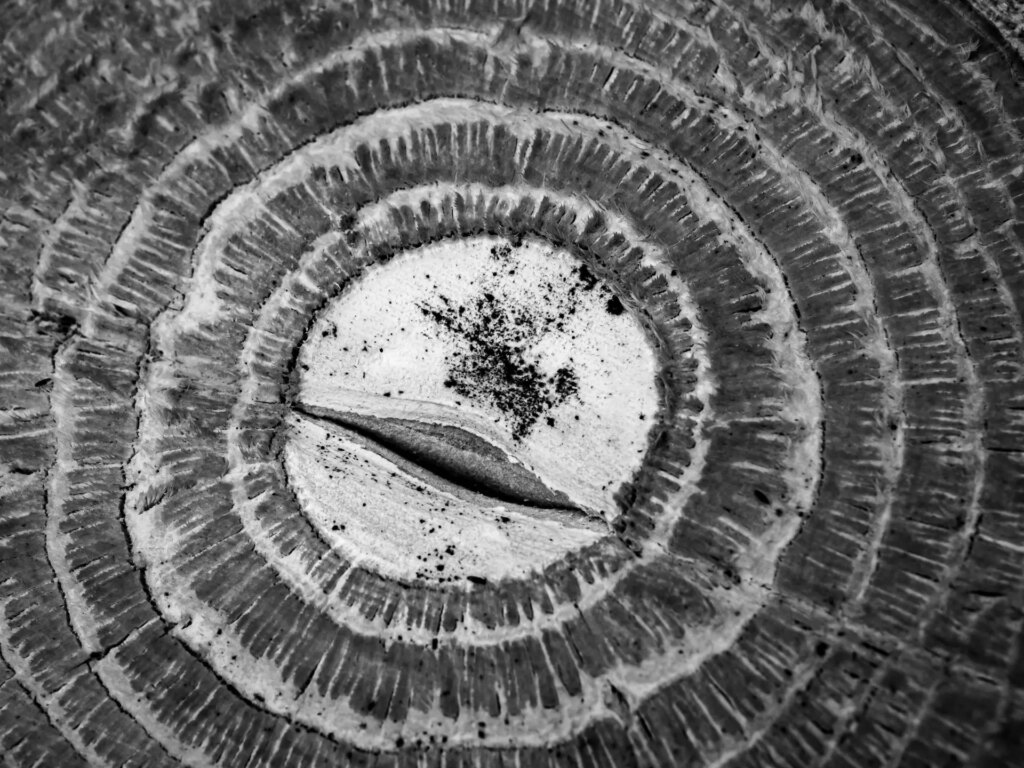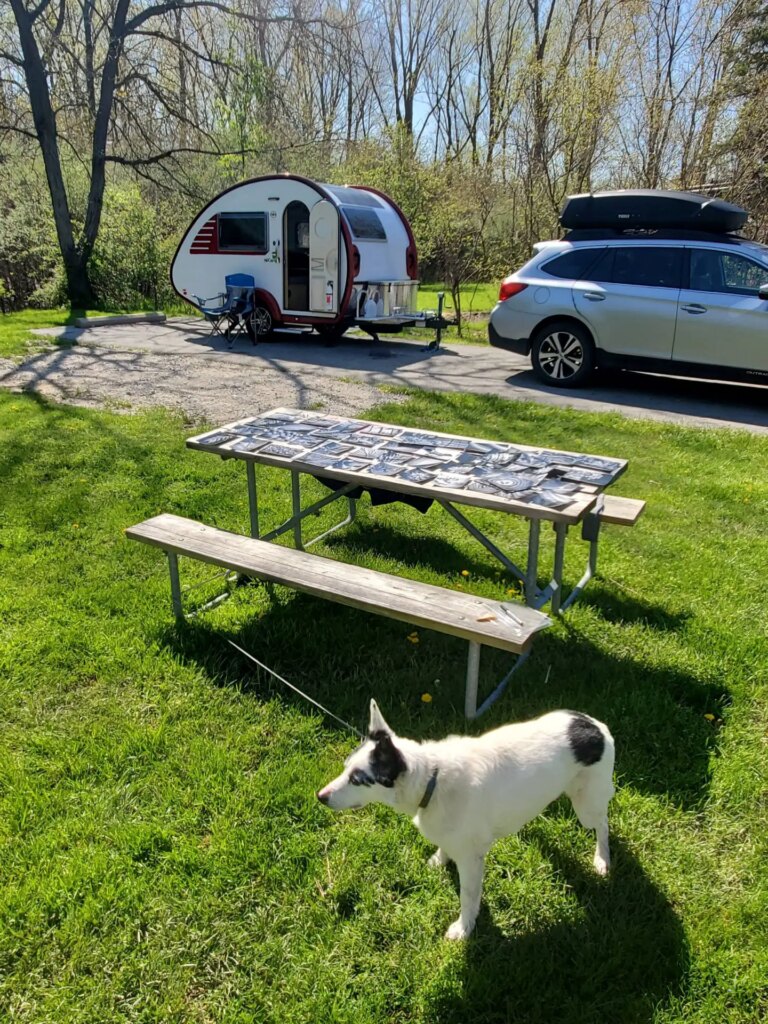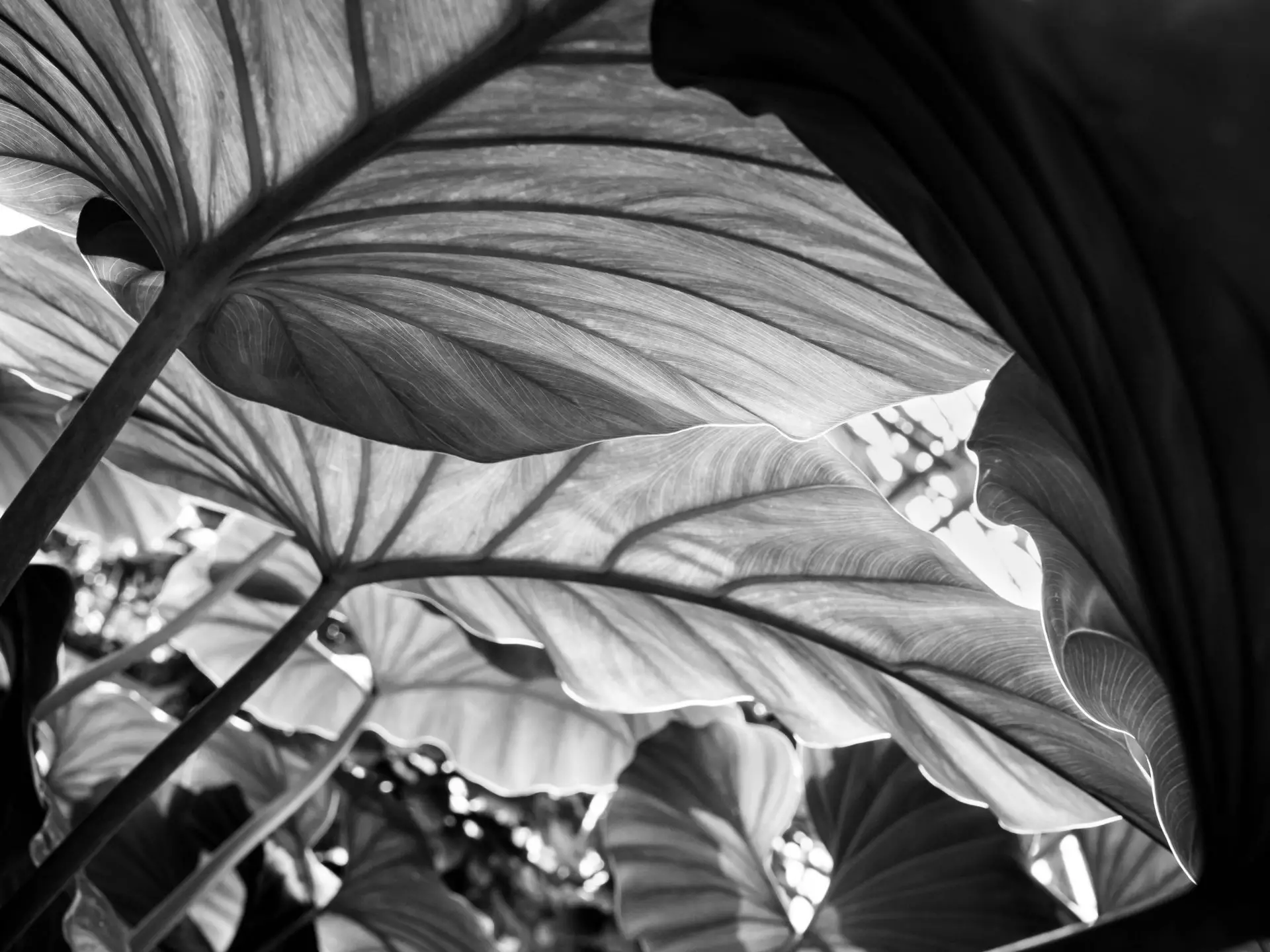Several months ago, one of my first posts on this site was titled “Glimpses at the Conservatory.” It documented the development and near completion of a photography project I had been working on for several years. I ended the piece with some thoughts on final opportunities to add images to the collection gallery and then how to wrap the project up and what to do with it.

As suggested in the article, additional trips were made to a mix of conservatories, some old some new. These trips resulted in a handful of images that were added to the collection gallery. Thanks to the encouragement from commenters on this site, I drew a sense of accomplishment for the effort and a sense for placement relative to work by previous photographers. While I was aware of Edward Weston’s work with vegetables, I found a deeper connection to Brett Weston’s Hawaii work and how it related to mine.
I printed the collection gallery as a set of 5” by 7’’ prints, numbered them on the back and set about to curate and sequence them into a set of about 30 that would make for a generous zine. There were several iterations of this. My first pass came on a short camping trip my dog Millie and I made to Maumee Bay state park in Ohio. In the moments I was not shooting contributions for a cultural and environmental street project in East Toledo, Millie and I perused the images and thought about them quite a bit.

When I got back home, I took them to work and used the conference room across from my office at the university to do formal curation and sequencing. It seems I might have worried my department chair that I was leaving for a different career with greener pastures. It may well be that the two marginal talents I possess in life include getting innocent and unwitting 19 year olds excited about statistics and the other being the ability to discern an interesting image from the surrounding noise of life. I assured her that one paid better than the other, had a benefits package and involved far less “at risk” compensation. I recorded my sequencing for the images created in the conference room that day.

A vital step in the process was to take my complete reshuffled stack of images to a meeting with my local camera club where the evenings festivities included a discussion centered around curating and sequencing photography projects. “Glimpses” would be the case study. One of our club members, Alexander Toms, is a photography and book arts major at the other major university in town. I left the room then he and the rest of the club members took over. An hour later after babies were sacrificed, unsung gems discovered and a tapestry woven. I stopped pestering the receptionist at the front desk of the arts center and went back upstairs to see where the journey had led.
It’s reassuring to see that many of the connections and parings I had made were also found by others. Content swaps were made, new pairings and sequences identified. I recorded the order and took the stack of proofs home. Finally, using the spread sheet where I had recorded the multiple sequencing efforts as reference points, I began a final sequencing, mixing combinations and transitions from both visions into one that feels the most complete to me.

Now what.
Following my meandering curiosity, as I began to think of a how best to get this work out there, several months ago I discovered the Zine culture of British photography. In the states, the making of hardcover photobooks is often an affair with lots of overhead expenses. Money is spent and books are made either retrospectively for photographers who have already attained notoriety or are self-funded by those wanting it. The low overhead of the Zine culture I observed in Britain allows enthusiasts to break through the financial hurdles of hard cover book publishing and create a more tangible bit of legacy than images on a cell phone app.
I began to think about shopping “Glimpses” to some of the Zines I had found. As I thought about how each candidate zine was organized and themed, if felt like “Glimpses” was a duck out of place relative to the other titles within most published zine lines. I submitted it once and it felt like I was hoping the Chinese place might serve pizza.
In academia, there is a term “Vanity Publishing” which basically implies that if you self-publish a work, no matter its ultimate relevance, you receive no credit for it in your accreditation status. With that stigma in the back of my mind, I initially resisted the idea of self-publishing. Then one day I realized that I was probably not the only “me” out there. Read through this site and other on-line venues where people share work in a thoughtful way and you begin to realize there is a lot of great work produced by enthusiasts that never sees the light of day in a tangible physical format.

From this realization the idea of F2.8 Press (www.F28press.com)was born. It would produce the kind of zine that existed in England but located in America. Adapting its mission a bit, it would turn the table on the editorial process. Instead of organizing the zine content based on the subject matter of the images, It would focus on WHO created the images. Finding outstanding work by Enthusiasts, Students and Weekenders would be the goal. It (I) would (self) publish and market my “Glimpses” project as a way to raise capital in order to find, compensate and print the work of someone else and in turn take the margin from that work and repeat the process again. Over time, with enough zines published, enough capital accumulated, it will be time to begin to think about Hardcover book projects. This is not the first time this model has been tried, but the focus on who and what is getting published is a little different.

F2.8 is comprised of the previously mentioned Alexander Toms and myself. Glimpses is ready to print and distribute in October and we are looking for new photographers to discover, new work to admire. We need to do a call for submissions. The response to our ambition may be greater than our bandwidth. So instead of putting out a general call for submissions, we decided that through targeted audiences like the 35mmc community, we would create a list of people interested in responding to such a call.
If you consider yourself an Enthusiast, Student or Weekend photographer and have been working on a project you would like to share, peruse the F28press.com site. If you like what you see, fill out the submissions contact form, indicating genres you are working in. Calls for submissions (via e-mail with submission instructions) will begin in the next month or so based on genre. Each quarter we will choose a genre, select a project from submissions and publish a zine featuring a project created by an enthusiast photographer.
Even if sharing your work does not sound like something you are comfortable with now, don’t forget about f2.8. A purchase supports the work of others. Supporting the work of others keeps a door open for the day when you are ready to share your own creation.
You can find me, my personal work on my Site, Twitter and 500px
Share this post:









Comments
Bill Brown on Revisiting Glimpses and Opening a Door – By John Pemberton
Comment posted: 28/09/2022
Comment posted: 28/09/2022
Gary on Revisiting Glimpses and Opening a Door – By John Pemberton
Comment posted: 29/09/2022
Comment posted: 29/09/2022